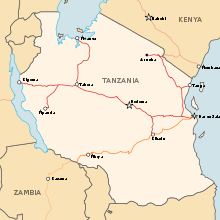There are a number of systems of transport in Burundi, including road and water-based infrastructure, the latter of which makes use of Lake Tanganyika. Furthermore, there are also some airports in Burundi.
Transport in Tanzania includes road, rail, air and maritime networks. The road network is 86,472 kilometres (53,731 mi) long, of which 12,786 kilometres (7,945 mi) is classified as trunk road and 21,105 kilometres (13,114 mi) as regional road. The rail network consists of 3,682 kilometres (2,288 mi) of track. Commuter rail service is in Dar es Salaam only. There are 28 airports, with Julius Nyerere International being the largest and the busiest. Ferries connect Mainland Tanzania with the islands of Zanzibar. Several other ferries are active on the countries' rivers and lakes.
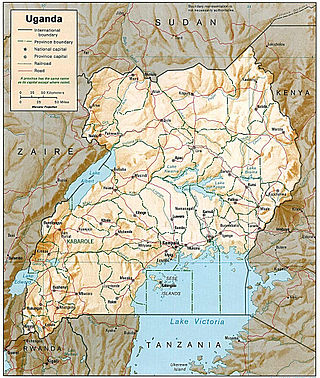
Transport in Uganda refers to the transportation structure in Uganda. The country has an extensive network of paved and unpaved roads.

Kigoma is a city and lake port in Kigoma-Ujiji District in Tanzania, on the northeastern shores of Lake Tanganyika and close to the border with Burundi and The Democratic Republic of the Congo. It serves as the capital for the surrounding Kigoma Region and has a population of 232,388. The city is situated at an elevation of 775 metres (2,543 ft).
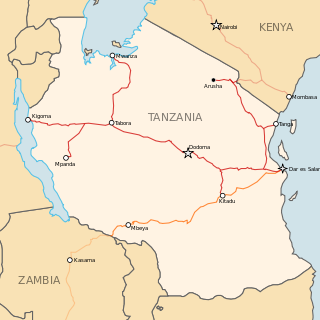
The Central Line, formerly known as the Tanganyika Railway is the most important railway line in Tanzania, apart from TAZARA. It runs west from Dar es Salaam to Kigoma on Lake Tanganyika via Dodoma. Extensions of the central route branch to the cities of Mwanza on Lake Victoria, Tanga, Singida and Mpanda.

The Uganda Railways Corporation (URC) is the parastatal railway of Uganda. It was formed after the breakup of the East African Railways Corporation (EARC) in 1977 when it took over the Ugandan part of the East African railways.
Rail transport in Zambia is primarily provided by two systems:
Isaka is a small town and station on the narrow-gauge Mwanza railway line of Tanzania which connects to the seaport of Dar es Salaam.

Rail transport is provided in the Democratic Republic of the Congo by the Société Nationale des Chemins de Fer du Congo (SNCC), the Société commerciale des transports et des ports (SCTP) (previously Office National des Transports until 2011), and the Office des Chemins de fer des Ueles (CFU).
Kidatu is a town in central Tanzania, located in Kilombero District, Morogoro Region. The local population is about 3,300. The primary economic activity is the large Illovo sugar cane plantation and factory which produces 130,000 tonnes of sugar per year.
There are several planned railway lines in Rwanda, including a line to Tanzania. Historical railways are limited to three industrial railways.

Railway stations in Tanzania include:

The East African Railway Master Plan is a proposal for rejuvenating the railways serving Tanzania, Kenya, and Uganda, and building new railways to serve Rwanda and Burundi. The objective is to further the economic development of East Africa by increasing the efficiency and speed, and lowering the cost, of transporting cargo between major ports on the Indian Ocean coast and the interior.
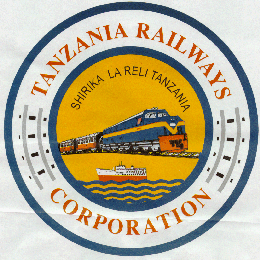
The Tanzania Railways Corporation(TRC) is a state-owned enterprise that runs one of Tanzania's two main railway networks. the Headquarters are located in Mchafukoge, Ilala District, Dar es Salaam Region.
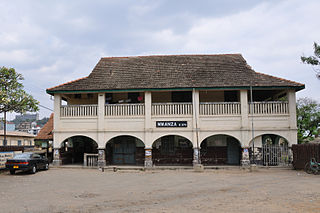
Rail transport in Tanzania began in the late 19th century.
The history of rail transport in Burundi is limited to a now closed industrial railway, and a number of proposed railway projects that, as of 2012, had not been implemented.
The Isaka–Kigali Standard Gauge Railway is a planned railway line linking the town of Isaka in Tanzania to the city of Kigali in Rwanda.
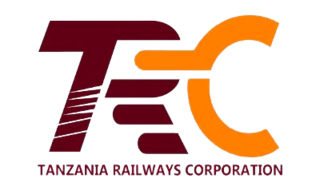
The Tanzania Standard Gauge Railway (SGR) is a railway system, under construction and partially in operation, serving Tanzania and linking it to the neighbouring countries of Rwanda, Uganda and Burundi, and through these to the Democratic Republic of the Congo, as part of the East African Railway Master Plan. The new, electrified standard gauge railway is intended to replace the outdated metre-gauge railway system.
The Uvinza–Musongati–Gitega Railway is a planned railway line linking the town of Uvinza in Tanzania to the city of Gitega in Burundi, passing through the town of Musongati, Burundi, close to the common border between the two countries.
